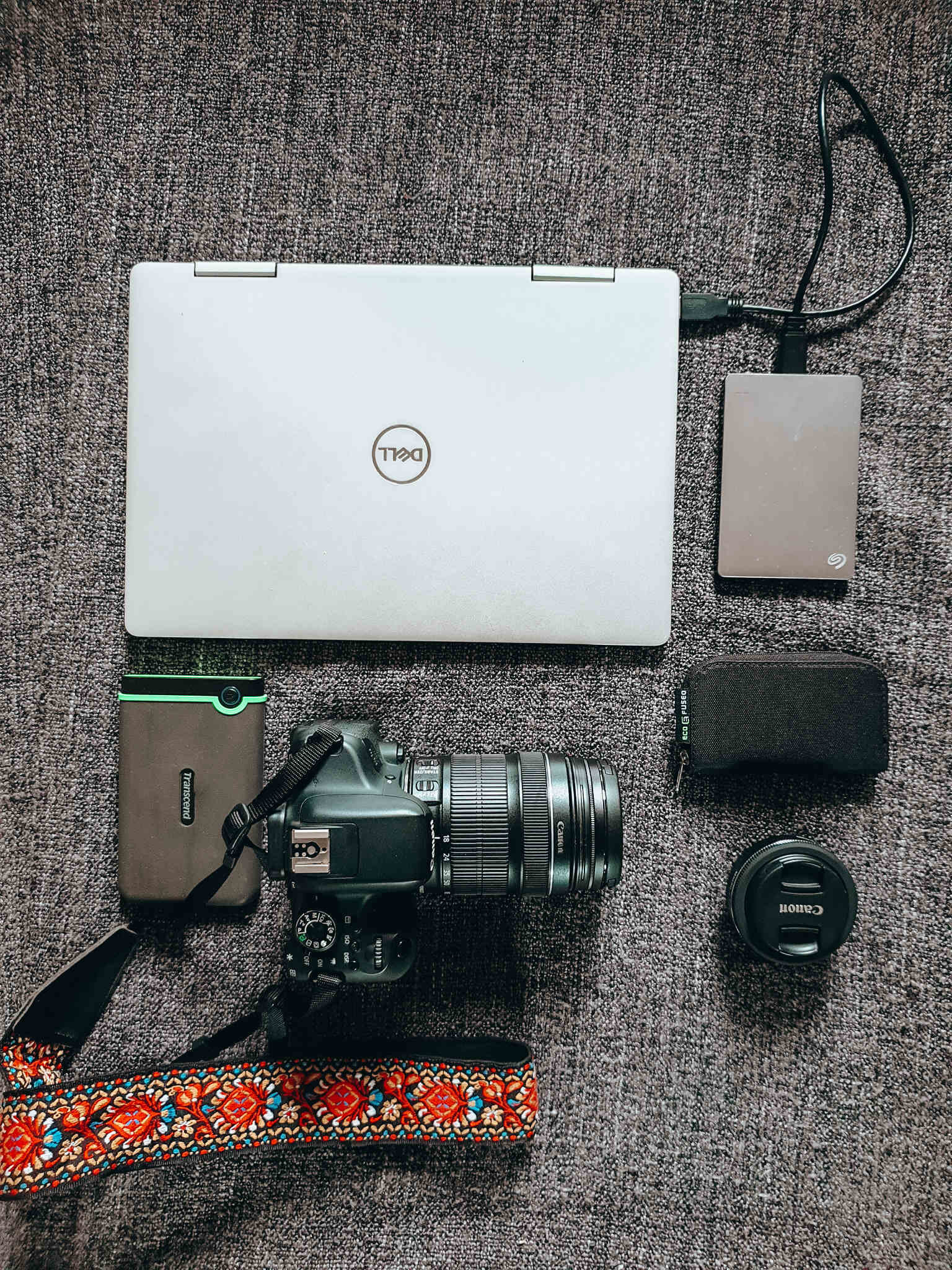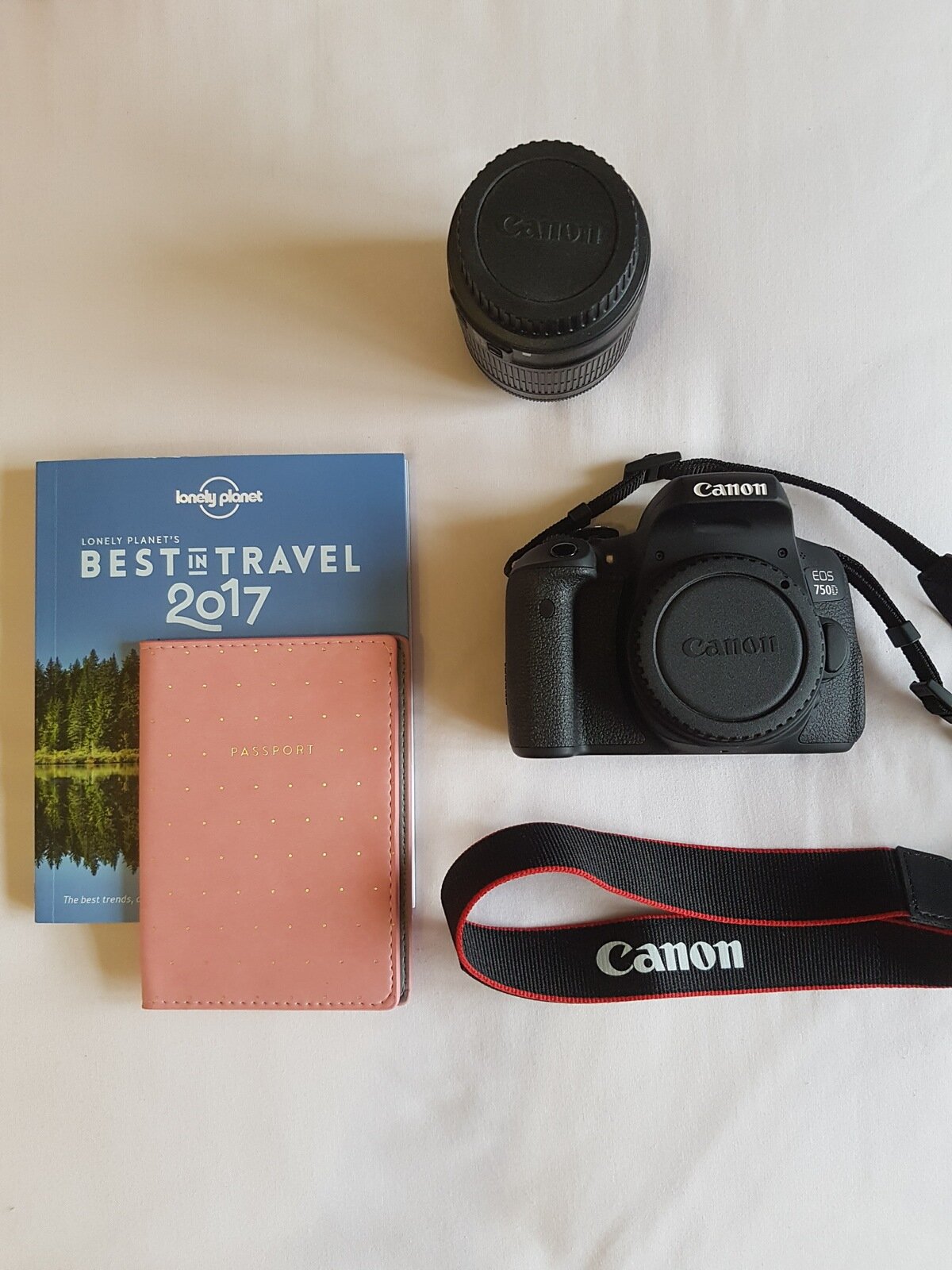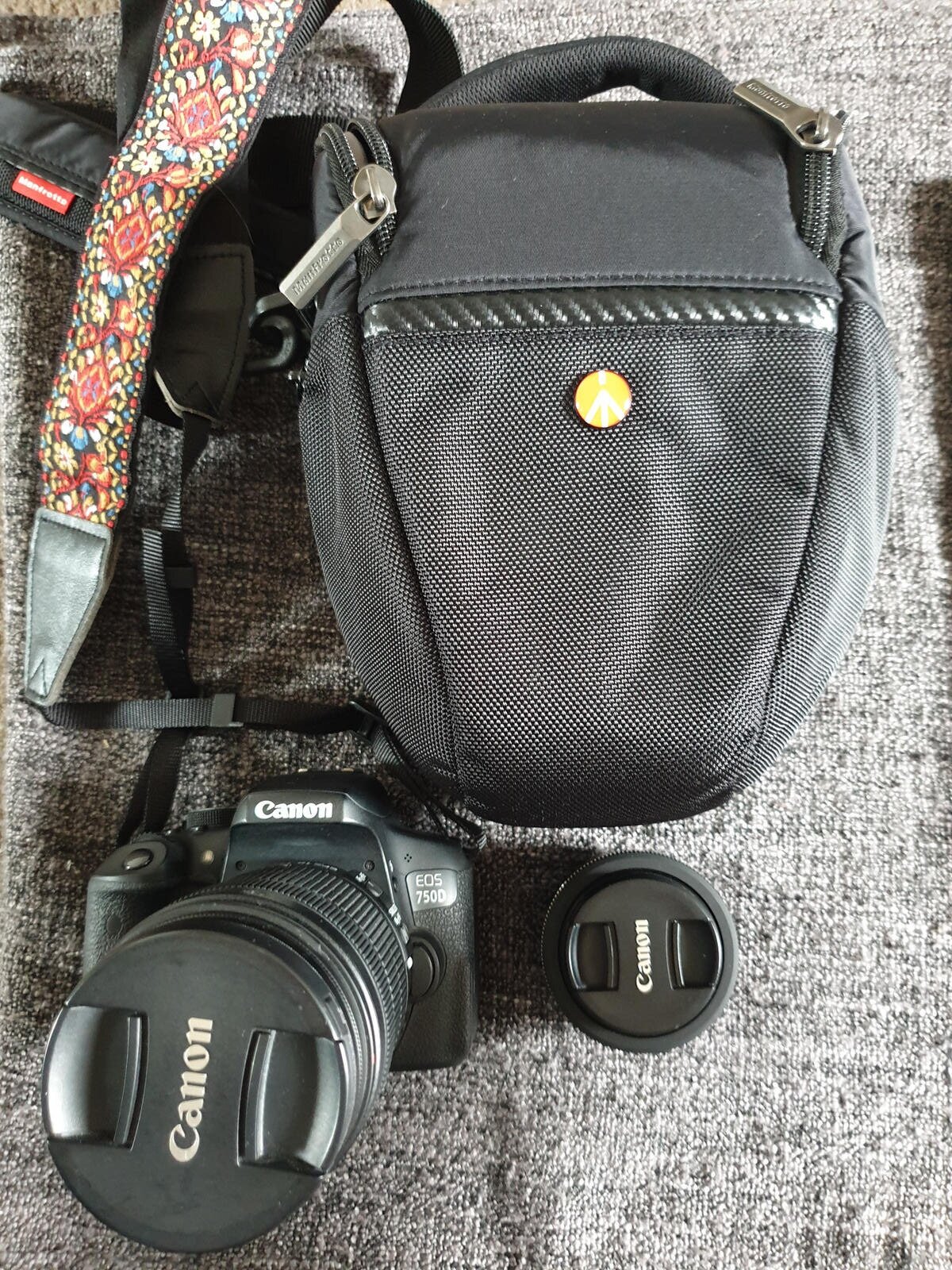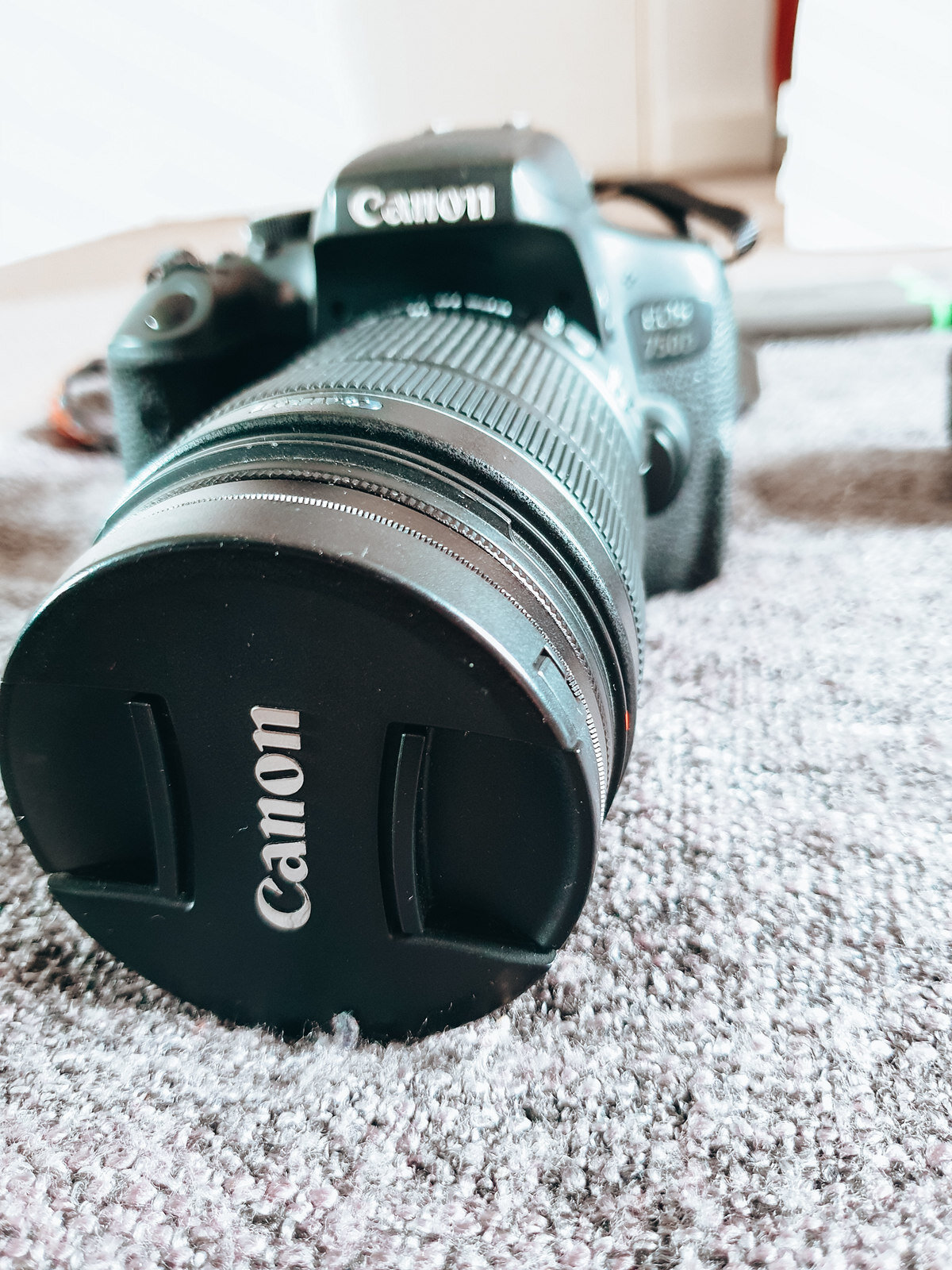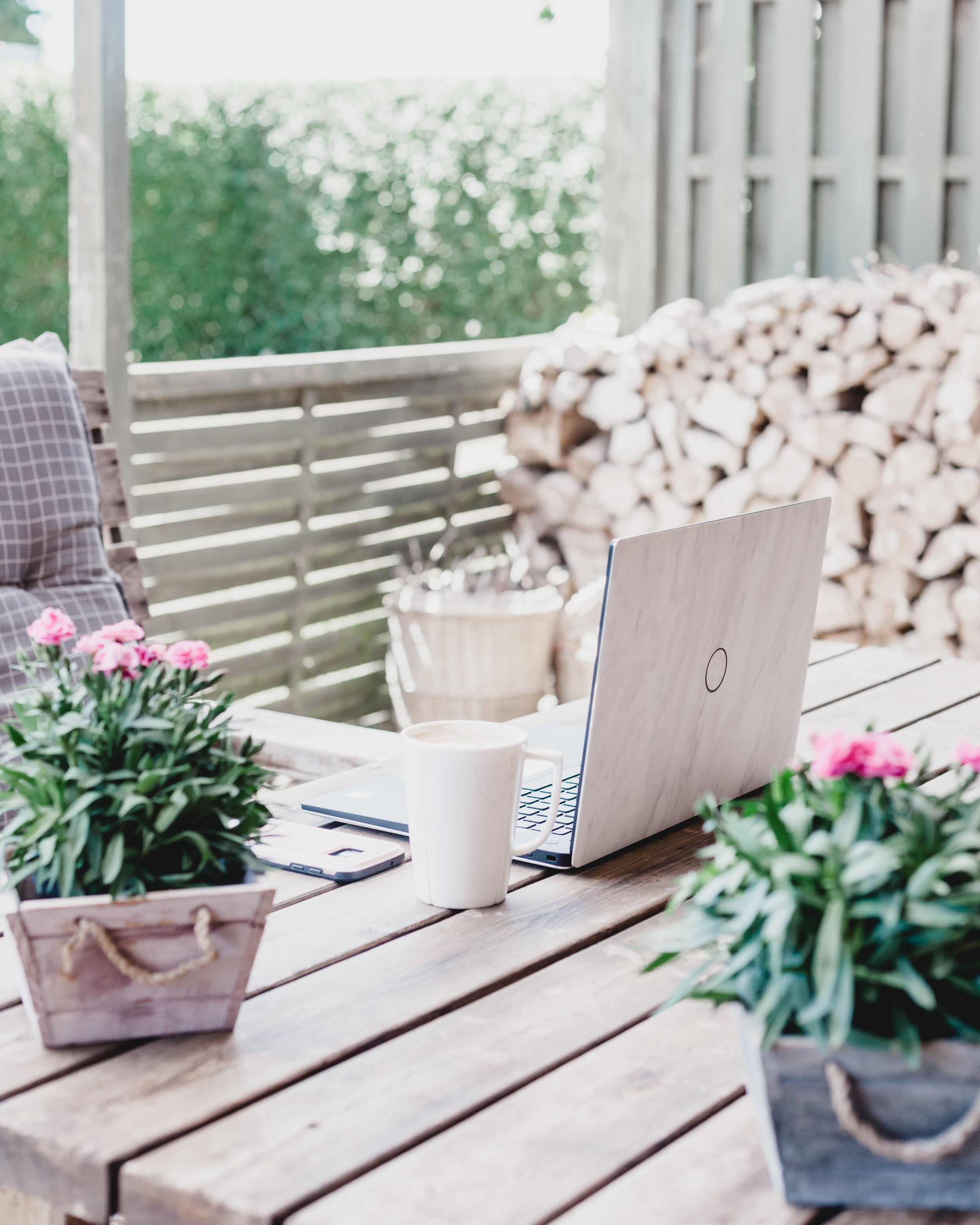Disclosure:This post may contain affiliate links, which means I may receive a commission if you click a link and purchase something. While clicking these links won't cost you anything, they will help me to keep this site up and running! Check out the full disclosure policy for more details. Thank you so much!
Two of my most asked questions are what’s in my camera bag and what travel camera gear do I use as a budget traveller. While camera gear and travel photography accessories aren’t cheap, I aim to optimise my gear with versatile equipment which will cover all my needs while still keeping my travel photography gear list as minimal as possible.
I regularly travel with hand luggage only, I even moved to Australia for a year with just hand luggage (and I didn’t ship anything over separately either). So I have to strike a balance between travel camera gear that is minimal and versatile but also long-lasting, budget friendly and provides a return on investment.
Everything I carry with me on my travel photography gear list
My camera body
What I use: Canon 750d
Where to buy: Amazon
Canon camera, lens and passport
I use a Canon EOS 750d camera body which is classed as a beginner DSLR camera by Canon. Sadly this camera is no longer manufactured by Canon, you can buy it for a very good price second hand (usually £300-£500). But if you’re looking for a new DSLR that is well priced, I would recommend the Canon 77D. This is a very similar camera to mine, with the same flexibility in the manual settings and shooting modes.
I love Canon over other brands because I feel like the colours are sharper and more crisp, which if you’ve seen my Instagram, you’ll know what a fan I am of vibrant photography.
Although people may be surprised that I’m using a beginner DSLR, it has always suited my budget and travel style. This is not my full time job but it is my passion, so this price range suits both and I think it’s the best budget camera for travelling.
You will hear many photographers say that the investment you should make is in the lens you use, not necessarily the body, and this is what my belief is too.
I made the mistake of buying my DSLR with the 18-55mm kit lens which is my only regret. I quickly discovered that the 18-55mm lens was very limiting and sold it. I replaced it with a much more versatile lens which I’ve written about below. I would suggest buying the body only unless it comes with a lens that you know will really suit your needs.
the three canon camera lens I’ve used
As I mentioned above, I initially bought my camera with a kit lens that was 18-55mm. I quickly found this didn’t have the range and versatility that I wanted for travel but that doesn’t mean you need 5 different lenses on your travel photography packing list. I didn’t want to have to travel with several different lenses either because I usually travel with only hand luggage and on a budget, so I don’t have the budget or the space to lug a huge kit bag of lenses around with me!
After several months of researching, I purchased the Canon EF-S 18-135mm f/3.5-5.6 IS STM Lens. This lens gives me the focal range to cover the types of photography I prefer. While 18mm isn’t hugely wide-angle, it’s wide enough for me to capture the landscapes and wide-angle shots I use for travel writing and online articles.
Towards the 135mm focal length, you have a significant depth of field which makes your subject stand out. 135mm is bordering on a telephoto length which also allows significant compression in your photography to make objects appear bigger and closer than they are.
I do have a secondary lens, a Canon EF-S 24mm f/2.8 STM. I rarely use this lens but it’s a pancake lens so it’s tiny, compact, lightweight and easily fits in the side pocket of my camera bag.
This 24mm is great for low light and the fixed focal point produces a super sharp image and the f/2.8 stop makes it fast in low light conditions.
My camera bag and camera
A good camera bag is essential to protect your travel camera gear, you’re going to want to get a good bag to protect the equipment you’ve bought. I use the Manfrotto top loader DSLR holster bag which is perfect for me because it’s compact, fits in my carry on handbag or backpack and it has enough space for all my accessories (see below).
I have their older model of the top opening DSLR bag but this model is almost the same. I love the convenience of top opening when I’m wearing the shoulder strap across the body too for security.
The bag has internal and external structuring and padding for shock protection and padding. It also comes with a waterproof cover.
If you’re a lightweight traveller like me, this gear bag is perfect for your camera with a large lens on (it fits my DSLR camera with the 18-135mm lens attached), a smaller pancake lens (I have my fixed 24mm in the side pocket). Plus there are two internal pockets good for space SD cards and two external side pockets which I keep spare batteries in.
Canon camera
A spare battery or two is a must for any travel photography equipment list. I always have at least one spare battery with me. If I’m doing a budget weekend away to Europe and staying in a hostel, I usually don’t feel comfortable leaving my battery charging in a shared room while I’m out all day. Instead, I take two Canon batteries which last me a whole weekend of shooting.
Tripod
What I use: Amazon Basics lightweight 50 inch tripod
Where to buy: Amazon
What I use: Neewer Portable 70 inch tripod
Where to buy: Amazon
I have two tripods which I alternate between depending on my trip. For short trips which I’m taking hand luggage only, I take the Amazon Basics tripod because the collapsed length fits in a hand luggage bag size and it’s very lightweight. It’s also super cheap and easily replaceable.
For something more sturdy, in the elements I use the Neewer 70 inch tripod. I’ll use this for outdoor adventures, hiking or on beaches where the wind or elements might knock over my lightweight tripod, so this heavy duty one is perfect and reasonably priced.
Spare SD cards
What I use: 64GB SanDisk Extreme PRO SDXC Class 10
Where to buy: Amazon
I usually have one or two of these spare in my camera bag at any one time. I find that 64GB is optimum for the large storage size so it lasts longer than the 32GB. But the 124GB SD cards are too big so as the storage gets fuller, the speed of my camera slows down.
SD Card holder
What I use: 22-slot SD card holder
Where to buy: Amazon
his was the accessory I didn’t know I needed until my little brother bought one for my birthday. I’m someone who likes to keep all my full memory cards as an additional back up, rather than wiping them. So this case is perfect and comes with stickers you can label each slot with so you can remember what’s on each card.
laptop, camera, lens, hard drives and SD card holder
A hand drive is a must have for me and it should be a must for every travel photography equipment list. I actually have two, the second one is a backup of the first one. I absolutely cannot recommend enough the Transcend Rugged hard drives. Rugged means it has anti-shock protection.
This is the biggest problem with hard drives, the same problem as HDD laptop hard drives, a spinning disk in a hard drive only needs the smallest of knocks or drops to be permanently damaged and all your data lost.
Similar to SSD laptops, you can now get SSD hard drives, but the storage size is often smaller and they’re significantly more expensive.
After two hard drive failures in the past, I don’t take any chances and the Transcend Rugged drives are my top recommendation for anyone wanting to back up their data reliably, but especially for travel photographers who are likely to be carrying the drive around in their bags and making it more susceptible to knocks and drops.
My drone
What I use: DJI Mavic Mini
Where to buy: Amazon
I went back and forth over whether I should buy a drone for several reasons:
The high cost
The flying restrictions in many countries
Maintenance or damage costs
Return on investment
I did really want a drone, I was eager to take my photography to the next level (literally!) The Mavic Mini is the beginner drone offered by DJI and I was initially worried about the photography quality of the Mini. But the image quality is actually the same as the Mavic 2 ZOOM and almost the same as the Air. It can’t shoot in RAW but that wasn’t a deal-breaker for me. The bit rate and frame rate are both low but video is not my priority at this stage.
The real selling point for me is that the Mavic Mini is the only drone weighing under 250g, which is the weight over which you must register with the FAA or the UK CAA. I was not ready to make the huge investment in a Mavic Air or Pro and have the added hassle of having to register it with aviation authorities when I didn’t plan on making it my primary photography outlet. So the Mini has suited me perfectly until this point, and DJI’s care package means I can have the entire drone replaced up to twice a year if it’s broken or damaged.
It’s worth noting that if I’m needing to travel with minimalist photography gear, then I don’t take my drone and a drone is by no means a required element of a beginner travel photographer’s gear list. I didn't buy my drone until 2020, 4 years after I started travel photography and it was a joint investment between me and my partner. So definitely don’t feel that this is something you need to have in your camera bag!
The phone and laptop I use for travel
My phone
What I use: Samsung Galaxy S10
Where to buy: Amazon
Love the flexibility of having a great phone camera if I’m just not able to have my DSLR with me out shooting. I’ve always loved the functionality of Android phones and the Samsung camera quality has always been a standout to me. I also love that Android syncs with my Google account, photos, drive, calendar and docs which I primarily use for work.
I currently have the S10, but I’m looking to upgrade to the Galaxy S20 this year.
Portable charger
What I use: Anker Power Bank 26800mAh
Where to buy: Amazon
A portable power bank is a must-have for me, especially when I’m on the road for hours or days in more remote places without the ability to charge devices. There are now power banks with more power than 26800mAh which allows the power charge to last even longer, but I absolutely recommend Anker products for durability.
My Laptop
I had previously only used the Dell laptop, but since travelling full time with my partner, we travel with two laptops mostly because we both work from them and have different schedules so only having one device would be almost impossible.
What I use: Dell Inspiron 17 3000
Where to buy: Amazon
What I use: Acer Swift 3 with Ryzen 5
Where to buy: Amazon
Laptop with a cup of coffee
I like the Dell for it’s two in one capabilities as a tablet as well as a laptop. It has a 256GB SSD, an SSD is a must for me for speed and reliability rather than a traditional hard drive. Read more about the difference between SSD and HDD here.
The Dell laptop doesn’t have the biggest processing power but it’s our all-rounder laptop for everything from photo editing to admin and blog work, to watching movies on Netflix!
The Acer Swift 3 with Ryzen 5 processor has a huge 512GB SSD hard drive, both of which make this perfect for photo editing and faster processing speeds for gaming and video editing as well as upload speed.
The Acer products aren’t the most attractive but they do the job for a really affordable price in comparison to similar Apple models. And it’s sturdy build is perfect for being in our backpacks when we’re on the road for months at a time!
I hope this guide helps you with your travel photography gear list and packing list. It can be difficult to find budget equipment for travel photography, but by investing in some solid starter gear, like I did with my camera body that’s now 4 years old, you’ll have equipment that lasts you for years.
Flights: I use Expedia to find great flights and the best deals all over the world, they have regular sales and offers so I always check their website. I also check CheapOair to find cheap deals on round trip flights.
Car Rental: I love the customer service I've always gotten and the variety of options with Rental Cars. But for short notice rentals, I've been using Expedia for the last year, they always seem to have great one-day rates or last-minute rates from the main rental companies.
Accommodation: I prefer the flexibility of booking accommodation with Booking.com so I can cancel or change my reservation without a fee or only pay on arrival for most properties. For longer or more unique stays I prefer AirBnB because you can get the long stay discount, you can also find more unique properties and book experiences with talented locals and businesses. For my budget trips, I always stay in hostels and book through Hostelworld because they have great guarantees if anything does go wrong. If you arrive and your booking is not at the property, they refund the full deposit AND give you $50 extra credit.
Tours and organised trips Although I don’t use tours that often, I do like to book local experiences or day trips once I reach my destination. For that I use GetYourGuide because it has the biggest selection and variety of tour and experience options.
Travel Insurance: I currently use SafetyWing Nomad Insurance. Which allows me to pay a rolling monthly fee to cover my long term travels.
My camera gear and equipment: I use a Canon 77D with an 18-135mm lens or a 50mm lens. And a DJI Mavic Mini Drone. For all my gear including laptops, tripods and more camera accessories read my travel photography gear guide.
